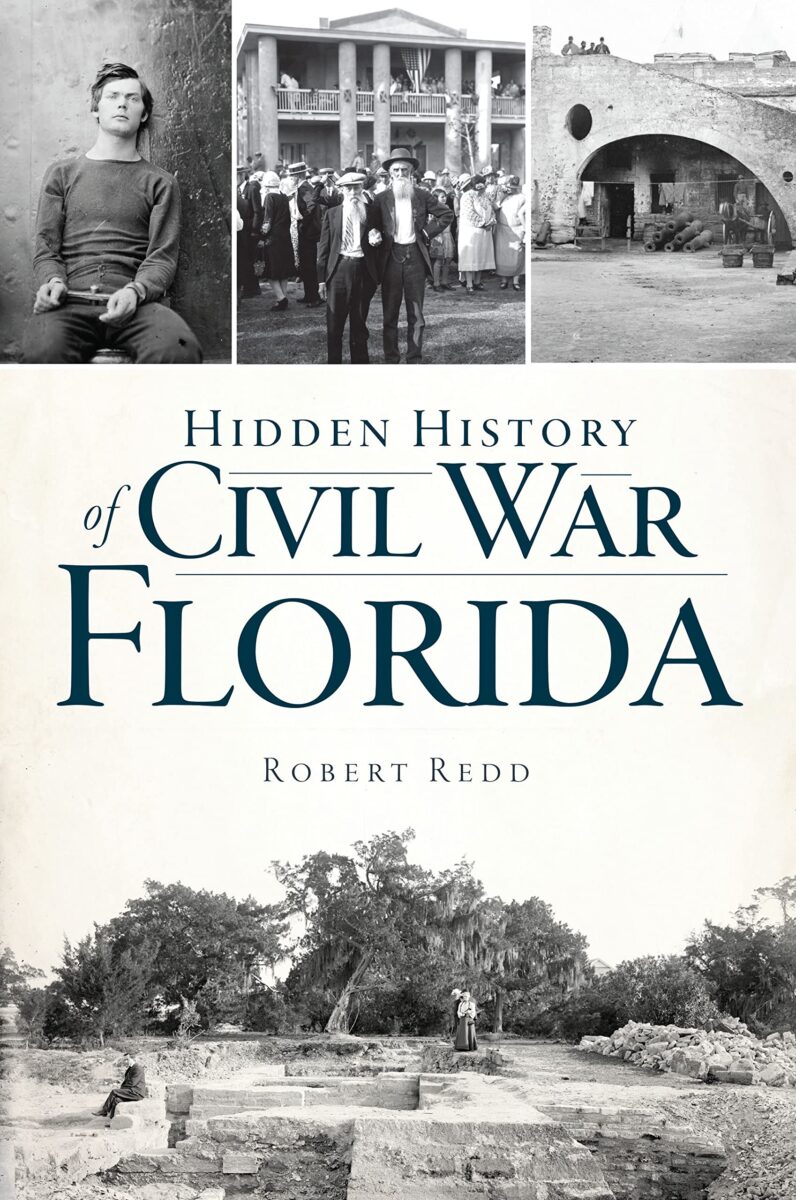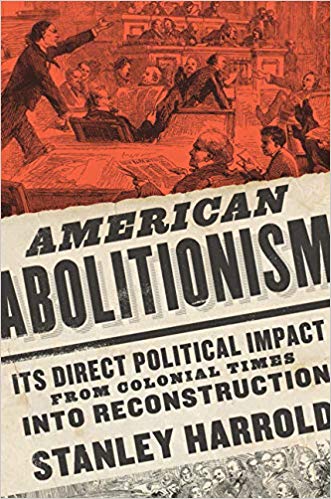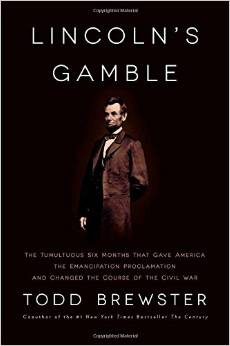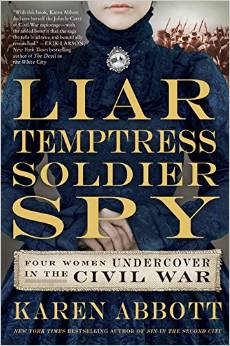Volumes have been written about major Civil War battles, military and political leaders, and how the sectional conflict impacted civilian life on the northern and southern home front, but Florida still commands little attention. Author and local historian Robert Redd’s Hidden History of Civil War Florida speculates that the tropical frontier is overshadowed given the general lack of fighting within its borders. Florida, the most sparsely-populated state at the time of secession, made significant contributions to the Confederate war effort while also playing an important role for the Union. Redd’s study, geared towards a public audience, provides a succinct, engaging overview of how the state and its residents experienced and influenced the Civil War.
Although comparatively little has been written about the Civil War in Florida, Redd avoids well-trod ground, such as the February 20, 1864 Battle of Olustee, in favor of highlighting lesser-known individuals and dynamics. The book opens with Florida’s secession convention, highlighting how slaveowners wielded disproportionate influence in that meeting which led Florida out of the Union on January 10, 1861. Attention then turns to St. Augustine. Taken by Confederates in early January 1861 but targeted by the Union army in early 1862, the Confederates abandoned the town, and it remained in Union hands for the war’s duration. Redd’s strongest chapters detail how men like Jacob Summerlin, James McKay, and Charles Munnerlyn drove cattle to feed the Confederate army, especially after Union troops cut off supply lines from Texas in mid-1863—and highlight how Volusia County abolitionists John Milton and Esther Hawks cared for Union wounded after the Battle of Olustee, how Esther opened an integrated school in Jacksonville in late 1864, and how Milton attempted, but ultimately failed, at securing homesteads for Freedmen and women at Port Orange.
The remainder of the book balances the familiar with the unfamiliar as Redd describes the struggle for the town of Marianna in September 1864, the controversy surrounding students from the Florida Seminary (whose ages ranged from eight to seventeen) being called into action in early 1864, and how Union-controlled Fort Jefferson detained the Lincoln conspirators following the assassination plot that targeted the president, Vice President Andrew Johnson, and Secretary of State William Seward. Redd adds a little-known layer to this familiar story. Conspirator Lewis Thornton Powell (alias Lewis Payne), who failed at assassinating Seward, had family in Live Oak, Florida, at the time of the assassination. They later moved to Orange County. After Powell’s remains were excavated and misplaced amidst several moves, his skull was buried in Geneva Cemetery in 1994 when his nearest descendant was located.
Redd’s book provides an interesting introduction to Florida’s Civil War history and will pique readers’ desire for more. To satisfy curiosity, Redd makes suggestions for further reading that range from published monographs to the Florida Memory Project and the Florida Historical Quarterly. In the final chapter, he also recommends sites to visit within and beyond the state. These range from well-known sites like the Olustee Battlefield, Fort Marion, and Fort Jefferson, to residences like the Gamble Plantation in Ellenton and monuments to Florida troops at major battle sites like Gettysburg and Vicksburg.
Redd’s book concisely highlights the depth of Florida’s Civil War history and, as he notes, it is likely that the state will garner more scholarly attention as focus continues to shift to the war’s non-military aspects.
Angela Zombek is Associate Professor of History at the University of North Carolina Wilmington. She is at work on her second book, Stronghold of the Union: Key West Under Martial Law, which is under contract with the University Press of Florida.




